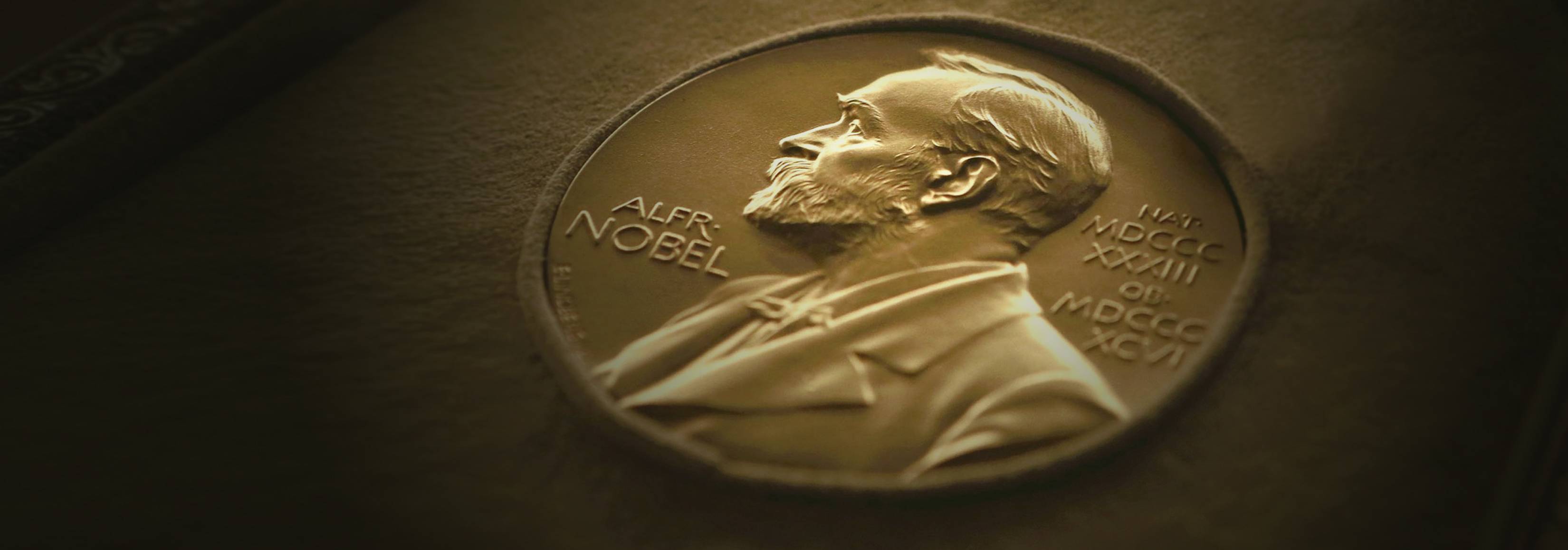Though nearly a quarter of all deaths worldwide are caused by infectious disease, the figure is substantially lower today than it was a century ago. Among the innovations that have helped reduce that burden was the solution of the chemical structure of an antibody in 1961. With this discovery, Rockefeller University alumnus Gerald M. Edelman uncovered our own natural weapon against foreign pathogens, shedding new light on one of the darkest corners of human mortality. For this achievement, he received the 1972 Nobel Prize in Physiology or Medicine.
Scientists had understood since the turn of the 20th century that antibodies exist to fight off foreign substances that enter the body, but how they recognize the enormous number of bacteria, toxins and other antigens encountered during a lifetime was a mystery until the work of Dr. Edelman and English biochemist Rodney Porter, with whom he shared the 1972 Nobel Prize. Antibodies are an exceptionally diverse class of large, complex molecules, making their study problematic. Reasoning that the best way to learn how something is made is often to take it apart, and hypothesizing that antibodies are made of separate amino acid chains, Dr. Edelman focused his graduate work in Henry G. Kunkel’s Rockefeller laboratory on devising methods to split apart an immunoglobulin into its constituent chains.
In 1961, Dr. Edelman succeeded in splitting immunoglobulin G — one of the more commonly studied antibodies found in human blood — by severing the sulphide bonds that hold the molecule together. He thus demonstrated that immunoglobulins are made up of more than 1,300 amino acids in four chains: two identical “light” chains (polypeptides of 211 to 217 amino acids each) and two identical “heavy” chains (of 450 to 550 amino acids each). Individually the chains are inactive, but when folded into their proper structure, they create a pocket capable of catching an antigen for binding. He also identified the exact spots on those chains that bind to antigens.
Dr. Edelman spent the next several years working backward to recreate a model of the principal antibody molecule, which he achieved in 1969. During that time, he also hypothesized — and was later proven correct — that the vast diversification exhibited by antibodies is an example of the body turning a developmental flaw into an advantage. When cells divide, miniscule errors in transcription often occur, leading to the development of proteins with differences that in the immune system amount to a system of “strength through diversity.” Working independently, Drs. Edelman and Porter also succeeded in mapping all 1,300 amino acids present in certain myelomas — cancers specific to plasma cells, which produce immunoglobulins.
The direct implications of Dr. Edelman’s discoveries, however, were even more far reaching. As a result of his work, mammalian antibodies are now classified into five different isotypes, based on the five known heavy chain types, each of which is responsible for recognizing a different class of antigen. This knowledge has increased diagnostic capabilities exponentially, as the detection of particular antibodies is a commonly used method for pinpointing disease. Therapeutic potential has also advanced because of his work. Dr. Edelman used his discovery to develop strategies to prevent organ rejection in transplantations, and the use of synthetic antibodies is applied in the treatment of numerous immune-deficient diseases.
CAREER
Dr. Edelman was born in New York City in 1929. He earned his B.S. degree at Ursinus College in 1950 and his M.D. in 1954 at the University of Pennsylvania, where he spent a year at the Johnson Foundation of Medical Physics. After a medical house officership at the Massachusetts General Hospital, he served as a captain in the United States Army Medical Corps. In 1960 he earned his Ph.D. at The Rockefeller University, where he remained as assistant, associate and then Vincent Astor Professor, until 1992. Dr. Edelman was the director of The Neurosciences Institute and president of the institute’s publicly supported not-for-profit parent organization, the Neurosciences Research Foundation. He was also professor and chairman of the department of neurobiology at The Scripps Research Institute. He was a member of the National Academy of Sciences, the American Academy of Arts and Sciences, the American Philosophical Society and many foreign societies.
